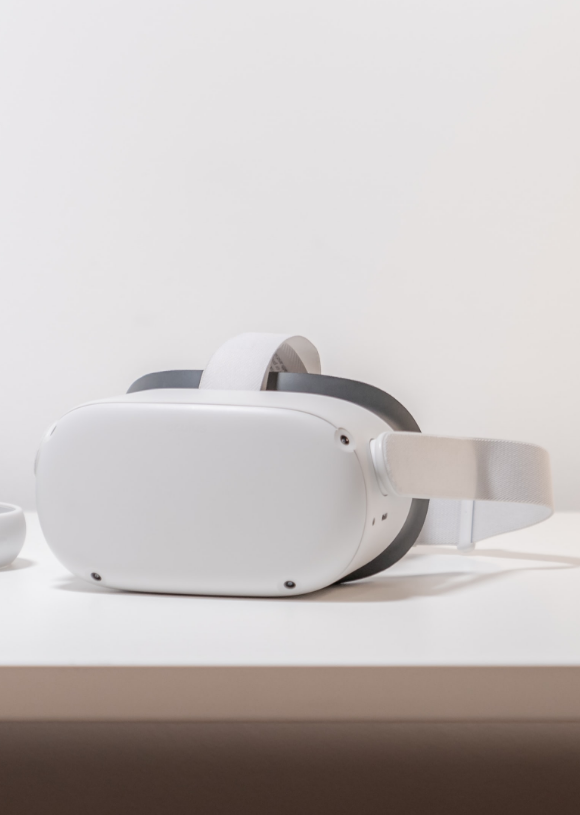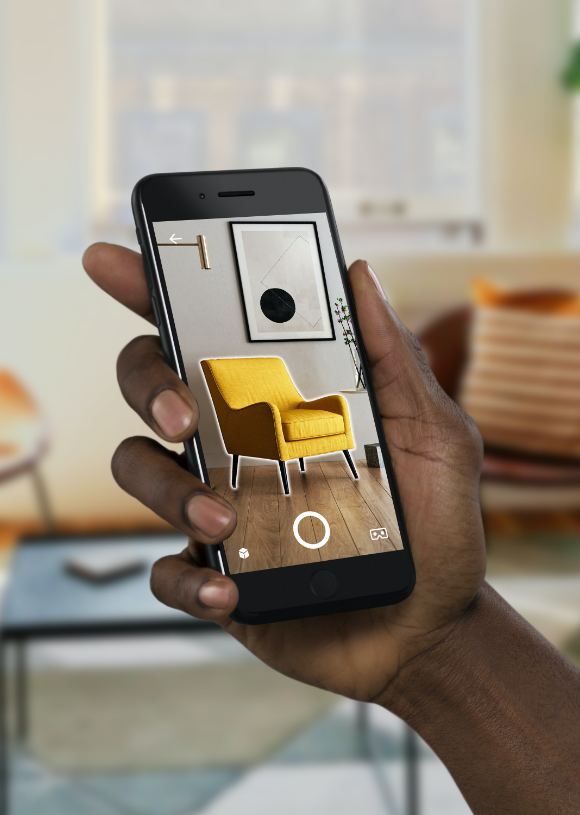The new digital product presentations generate versions of reality that are more engaging and that contribute to an overall more satisfying end user experience. Early visualization methods were as simple as the familiar charts, graphs, and basic product illustrations. Today’s visualization tools include everything from Augmented Reality (AR), i.e., digitally enhanced reality, all the way to fully immersive Virtual Reality (VR). These and other image enhancements now offer broad application in diverse forms for marketing, sales, management, training, medical practice, entertainment, and other business uses.
Visualization Options
The latest product visualization techniques are creating the next level of customer experience for home furniture & appliance brands:
3D Visuals Shoppers can browse photorealistic visualizations of products.
360 Degree View Viewers can flip, rotate, and zoom visual product representations.
Product Configurators Shoppers can change style, color, material, accessories, etc.
Virtual Reality (VR) Fully immersive experiences showcase products, with or without a headset.
Projection-Based AR 3D objects appear in the viewer’s actual space.
Overlay AR The real view of objects are replaced with superimposed images.
Mixed Reality Multiple forms of visualization are combined. (This currently requires users to wear a device for the experience.
Many Others From special effects in the film industry to contour-based AR enhancements for vehicle navigation systems, there are other applications across a multitude of industries.



